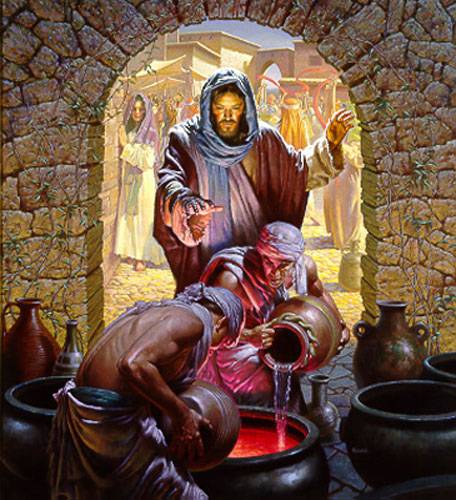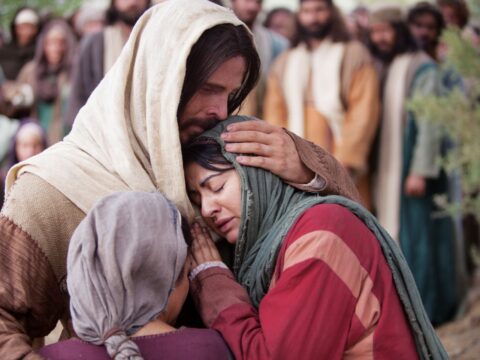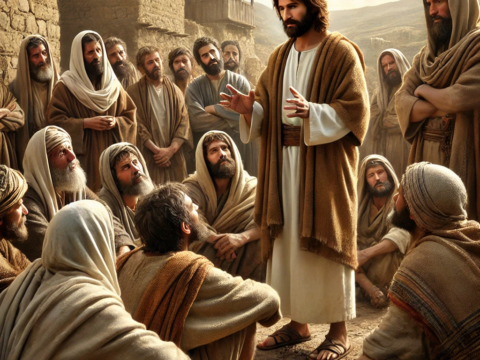Jesus’ glory
Jesus’ glory is first revealed at Cana in Galilee. It is the site where Jesus turned water into wine. The disciples believed in Jesus.
His “hour”
In the Gospel of John, Jesus’ “hour” refers to the events surrounding his death, resurrection, and ascension. During this time, Jesus performed a large miracle in a wedding. The jars that were used for this ceremony held about eighteen to twenty gallons of water each. In fact, six of these miracles were performed by Jesus. While none of them could have been the best wine, they still showed the importance of timing, faith, and glory.
Preaching pitfalls
Preaching the parable of the wedding feast in John 2:1-11 requires careful attention. It is important to communicate the abundance of God’s goodness, but you must beware of two common preaching pitfalls. First, preachers may trivialize Jesus’ miracle. The Fourth Evangelist, however, takes this event very seriously.
Mary’s faith
In John 2:1-11, Mary’s faith is expressed by her decision to follow Jesus’ commands. Mary had faith that Jesus would fulfill her wishes and that He would take the initiative to solve her problems. She even trusted Him enough to tell her servants to do whatever He said. But even though Mary may have been wrong about some things, she is content with what Jesus did.
The disciples’ faith
The disciples’ faith in Christ is evident throughout this passage. They understood that Jesus’ words and actions would be fulfilled, and they believed in the Scriptures. They also believed the specific promises He made after His resurrection, such as Psalm 16:10, which promised that God’s Holy One would not stay in the grave. Though they had not yet experienced the risen Christ, they had been captivated by his words and actions, and they believed.
The third day
In the gospel of John, there is mention of “the third day.” The day is the third after Jesus left Judea, when he and his disciples walked two days into Galilee. The third day has symbolic meaning, and it is also a reference to the resurrection. John wrote his gospel at least thirty or forty years after the events that took place in the first two gospels. Therefore, he likely had some time to reflect on them and to clarify them.







